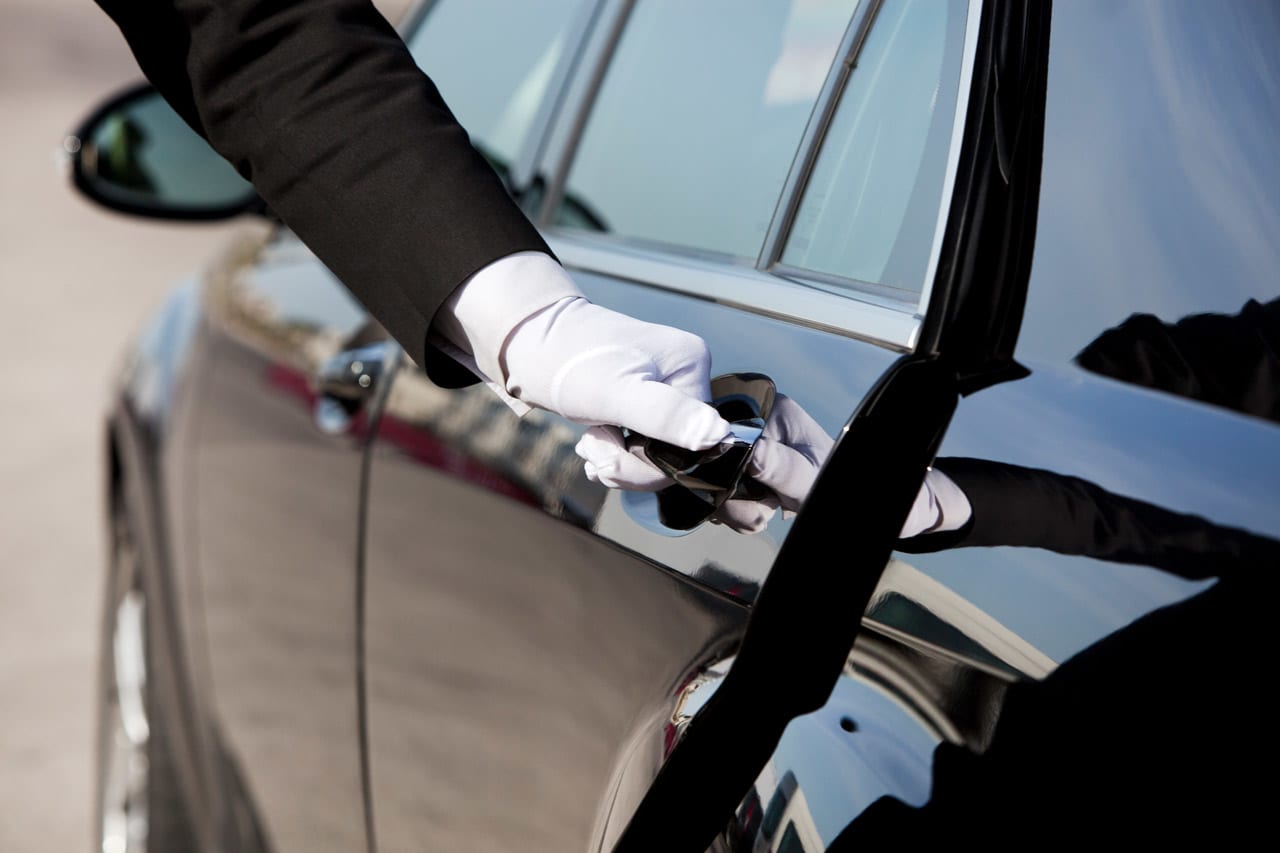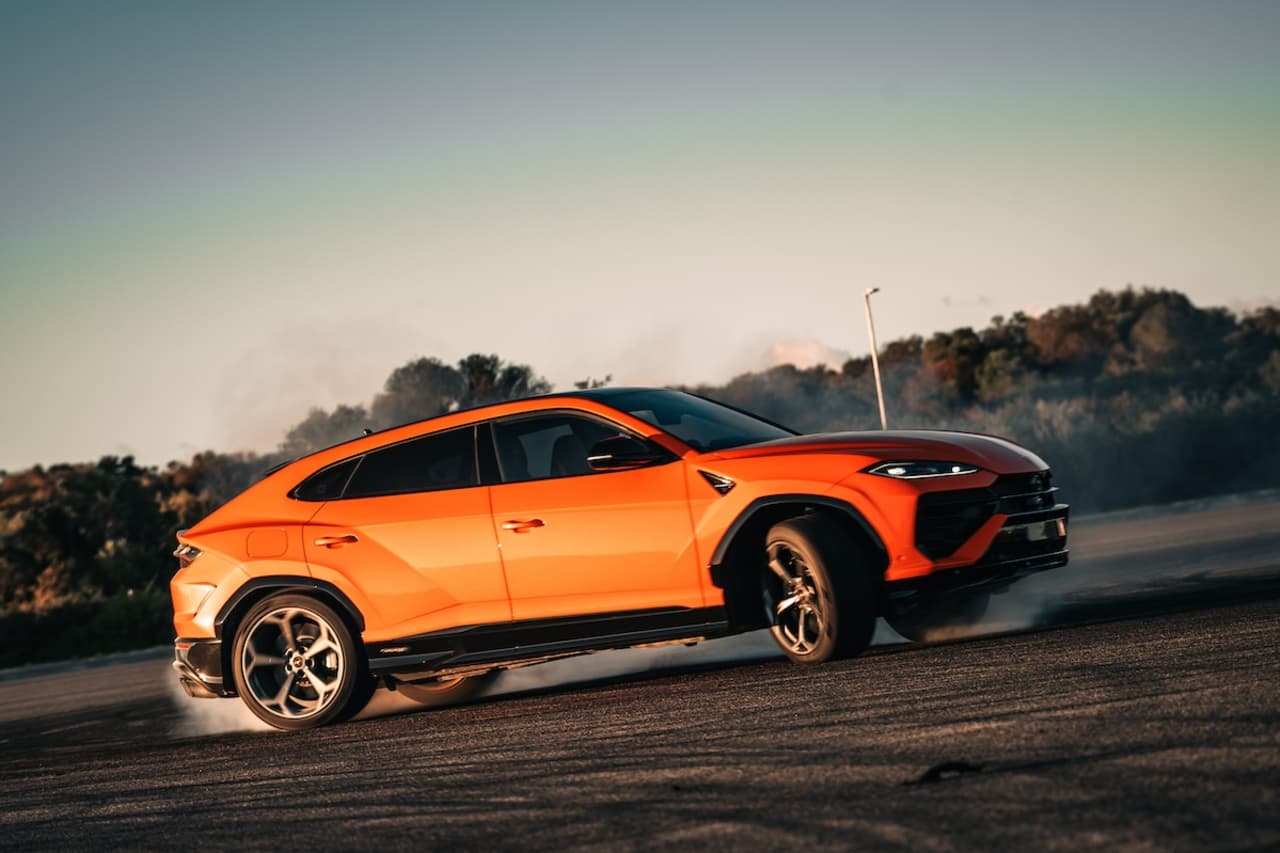Jay Leno once spoke of flipping through the owner’s manual of a vintage luxury car he owns, and coming upon a somewhat dated reference. It said to have “your man” perform regular maintenance. The man was the chauffeur, and it was assumed this uniformed functionary was on hand both to drive the car and keep it in top condition.
These duties make sense, given the history. The word “chauffeur” is of French origins, dating to 1896 or so, and is derived from the term for the “stoker,” who shovelled the fuel and took the helm of early steamships and trains. The best cars early on came from France, and hence the word was imported along with the cars.
Obviously, cars in the early part of the 20th century required considerable maintenance, and it was the chauffeur who hopped out to fix the frequent punctures or crank the engine. This fellow worked for a single boss and was an essential part of the domestic staff. The drivers even had their own magazine in Britain, The Chauffeur, which was published from 1907 to 1914.
In the hit BBC series Downton Abbey , the fiery Socialist chauffeur, Tom Branson (played by Allen Leach) marries Lady Sybil Crawley, joins the family circle, and becomes the esteemed estate manager. This would have shattered social conventions at the time, and is somewhat unlikely. The best that most chauffeurs could expect was to be gifted the car at retirement.
Classic chauffeur-driven limousines of the 1920s and 1930s, sometimes called “sedanca de ville” (town car), had enclosed compartments with cloth seats for the passengers and an open leather-clad driver’s area, possibly a vestige of the carriage trade, when the driver sat up top to control the horses.
The chauffeur had a renaissance during the go-go greed-is-good 1980s, when Wall Street’s instant millionaires were making deals in the back of limousines. But since that time, the limos from companies like Cadillac and Lincoln have gone out of production. According to Gregg Merksamer, editor of website Professional Car Society, “The recent action has moved to upfitting minibuses like the Mercedes-Benz Sprinter and the Ford Transit with more luxurious interiors. One reason is that bus-based limos come with more headroom and ‘walk-around space’ than an SUV-based stretch.”

Gregg D. Merksamer, Professional Car Society
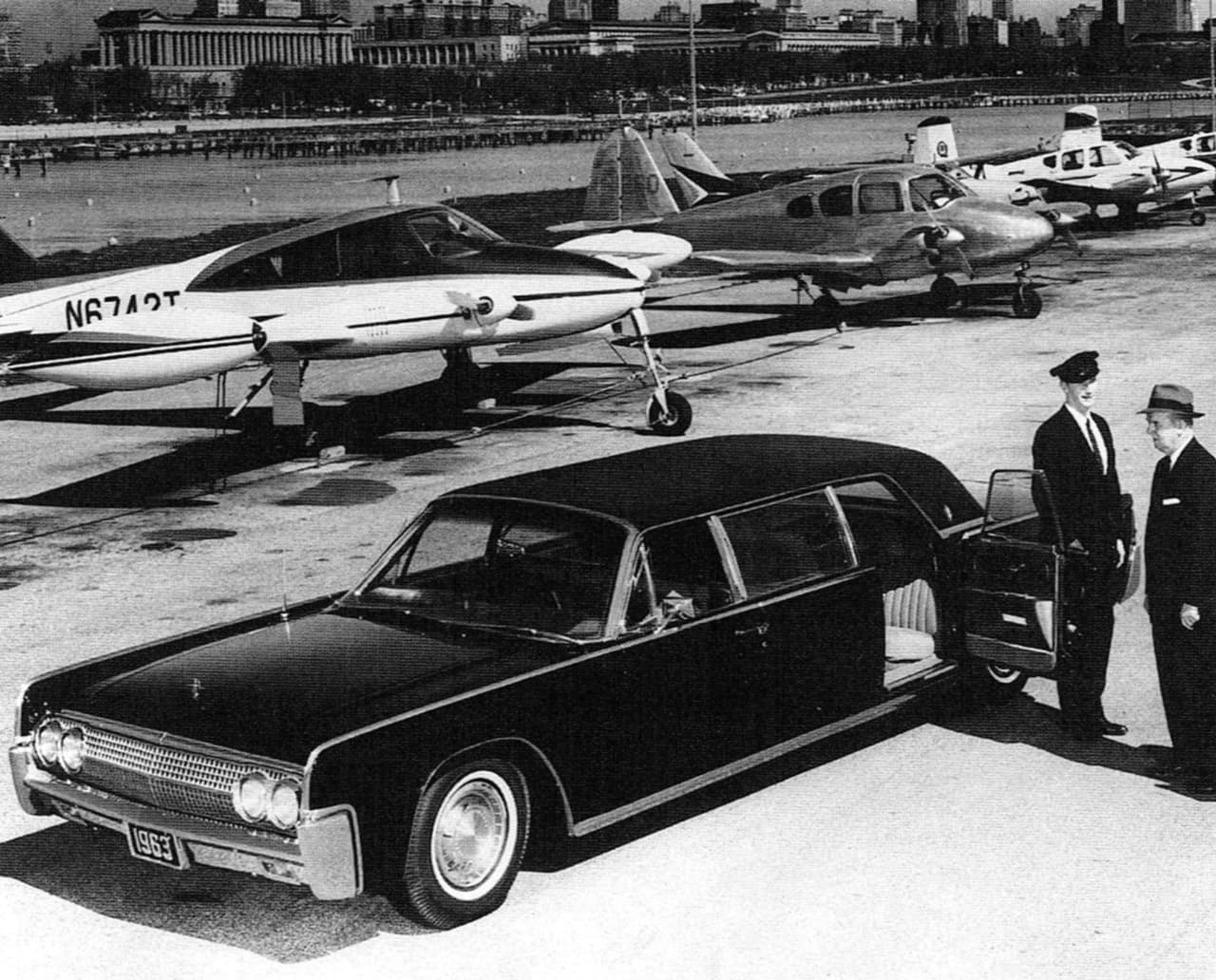
Gregg D. Merksamer, Professional Car Society
Hiring a Driver
Many executives are now driving themselves, but hiring a driver is still an attractive option. The role of chauffeur is evolving. The basic categories for hired drivers are:
Personal drivers, who typically drive regular cars and help out as needed. Indeed.com says a common salary for a personal driver is $15.44 per hour, though this ranges up to $31.70. The jobs are competitive, the site says—with 25 applicants for every job.
Executive drivers, whose passengers are business executives and CEOs, are often authorised to bring their vehicles into restricted areas. This is a higher-paid category, with salaries up to $93,000 a year, or $45 an hour.
Chauffeurs (with female professionals known formally as a “chauffeuse”). For VIP clients these full-time drivers pilot long-wheelbase luxury vehicles, sometimes with divider windows and communications systems. Chauffeurs might make $50,000 a year in relatively affluent areas.
The U.S. Bureau of Labor Statistics combines salaries for shuttle drivers and chauffeurs, giving a median annual salary in 2023 of $35,240. In the larger category that includes taxi drivers, there are 55,400 job openings annually in the U.S. The average chauffeur is male (84%) and white (52%), though 23.8% are Hispanic and 8.7% African-American. Female chauffeurs make approximately $5,000 less annually, according to Zippia.com.
So, does hiring a full-time chauffeur make sense? It does if you lead a busy work life, stress over getting the kids to school on time, worry about possible accidents, or want to make more productive use of your travel time.
To make such a hire, start by deciding whether you want to use an agency or recruit someone yourself from online sites. Then list all the tasks you will want the chauffeur to undertake. That will help determine your driver’s hours, leading possibly to the conclusion that part-time help will be sufficient. Even if you’re using an agency, you’ll want to check the potential hire’s references—remember, they’re likely to be driving children.
Assuming the references check out, the next step is an interview to get to know the candidate. The basics are a full resume, a valid driver’s license, appropriate insurance coverage, and sometimes mechanical skills and a knowledge of defensive-driving tactics.
Personality and temperament are important factors, not just paper credentials. And a probationary period to evaluate the chauffeur where the rubber meets the road is an excellent idea. Salary should be determined based on years of experience.
Which Car?
Excellent candidates for chauffeured cars, ensuring the most passenger comfort, include:
2024 Mercedes-Maybach GLS 600 SUV ($174,350). The chauffeur of 40 years ago would have been amazed at the choice of an SUV for chauffeur duty, but these cars maximise passenger access and space.
2024 Audi A8L (starting at $90,900). Check the boxes on this roomy company flagship for Comfort Plus (dual-pane acoustic glass, heated rear seats) and Black Optic Plus (for incognito travel). For a European customer circa 2016, Audi created the 20.9-foot-long Audi A8L Extended, with a 166-inch wheelbase and six doors. All six passengers got seating equivalent to first-class airplane travel.
2024 Rolls-Royce Phantom Extended ($573,000). This car’s interior, the company says, is “a sumptuous sanctuary, where escapism is the main objective.” A high degree of customisation is possible. Gerry Spahn, who heads Rolls-Royce communications in the U.S., said that the Phantom is “the ultimate palette for Rolls-Royce Bespoke, allowing clients to incorporate their personal lifestyle into the interior design through materials, finishes, and new technology.”
2024 Cadillac Celestiq ($340,000). Cadillac was once the standard for the chauffeured limousine. This one is a luxurious way of going green, and an out-of-the-box choice for a chauffeured vehicle. It doesn’t look like any other vehicle on the road; AutoExtremist dubbed the Celestiq “a singular design triumph.” These hand-built electric sedans are being produced in very small numbers. All four passengers sit on 20-way adjustable heated, vented, and cooled seats with massage, and enjoy personal screens.
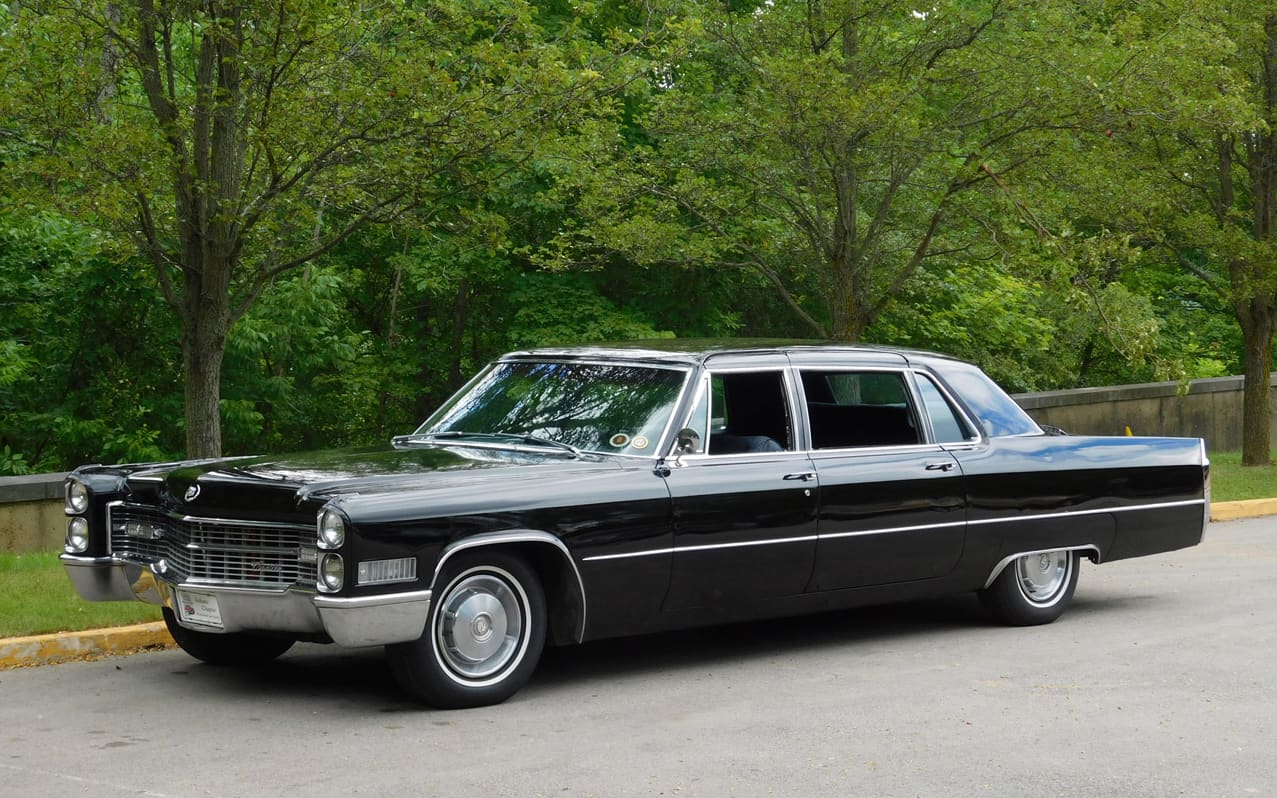
Gregg D. Merksamer, Professional Car Society

Cabot Coach
And you can go custom. Companies such as Cabot Coach in Haverhill, Massachusetts, and Executive Coach Builders in Springfield, Missouri, will craft a bespoke limousine to your specifications. Steve Edelmann, director of sales at Cabot Coach, said that for $200,000 to $300,000 his company will outfit an SUV or Sprinter van as a fully equipped mobile office for executive customers, sometimes—shades of the 1930s—with a partition for privacy from the driver.
This story originally appeared in the Fall 2024 Issue of Mansion Global Experience Luxury.
 Copyright 2020, Dow Jones & Company, Inc. All Rights Reserved Worldwide. LEARN MORE
Copyright 2020, Dow Jones & Company, Inc. All Rights Reserved Worldwide. LEARN MORE
What a quarter-million dollars gets you in the western capital.
Alexandre de Betak and his wife are focusing on their most personal project yet.
The Dow surges to biggest gain in two years, with bond yields and bitcoin also posting sharp climbs
Donald Trump ’s election victory powered the Dow Jones Industrial Average to its biggest gain in two years, with a broad market rally lifting shares of banks, industrial companies and small-cap firms that are expected to benefit from continued economic expansion.
The gains were widely distributed as Wall Street bet that Trump’s promises of deregulation and tax cuts will further ignite an economy that already has posted strong gains in recent years. But sectors that were expected to benefit from Democratic policies, such as electric-vehicle companies and clean-energy related industries, declined sharply.
The promise of four years of Republican rule drove the latest rise in Treasury yields, reflecting expectations of stronger growth and inflation, while gold prices fell as fears that the election results would be contested and spark social unrest weren’t realised.
“The markets are now trading full-on Trump trade,” said Stephen Dainton, a senior executive at Barclays who oversees the lender’s investment bank including its large trading division.
Big winners included banks, which investors bet were poised to benefit from reduced regulation and a fresh acceleration in growth. Shares of JPMorgan Chase , the nation’s largest lender, climbed 11% to a new record. Wells Fargo and Goldman Sachs both rose more than 12%.
The prospect of lighter regulation and protective tariffs helped drive gains in industrials, with equipment maker Caterpillar rising more than 8% to a new all-time high and 3M adding 5%. Domestic steelmakers Nucor and Steel Dynamics gained 16% and 13%, respectively. Railroads, including Norfolk Southern and CSX , surged.
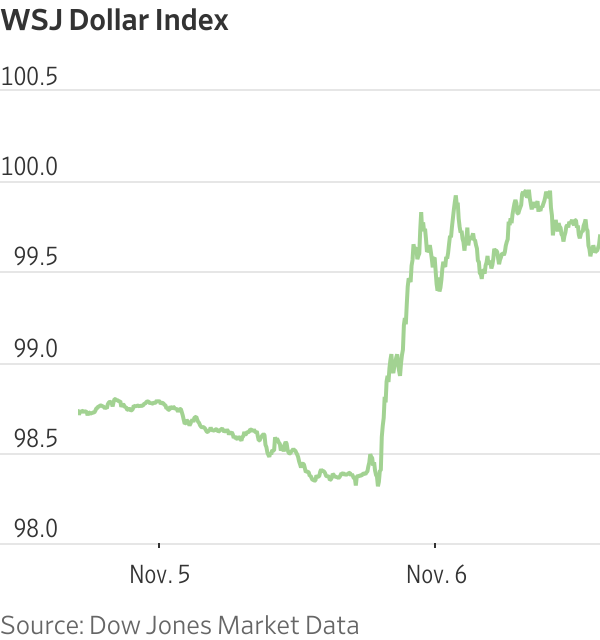
Bitcoin rose as much as 9% and flirted with $75,000, topping a previous record from March. Trump has said that he wants to make the U.S. the “crypto capital of the planet” and has pledged to create a “strategic bitcoin reserve.”
At the same time, traders also sought out companies and assets they expect to suffer during a second Trump administration.
Fears of trade wars drove down shares of ocean freight firms, including Denmark’s A.P. Moller-Maersk and Germany’s Hapag-Lloyd . Copper prices had their worst day in more than two years, dropping 5.1% as metals traders in New York reconsidered demand forecasts that hinge on the Chinese economy and the clean-energy boom.
Investors’ belief that Trump may break with the Biden administration’s push into renewable energy and electric vehicles hit companies as far away as South Korea. LG Energy Solution fell roughly 7%, as did other local EV battery makers, and Hanwha Solutions, which makes solar panels, dropped by more than 8%. In the U.S., First Solar fell 11% while Enphase Energy lost 17%.
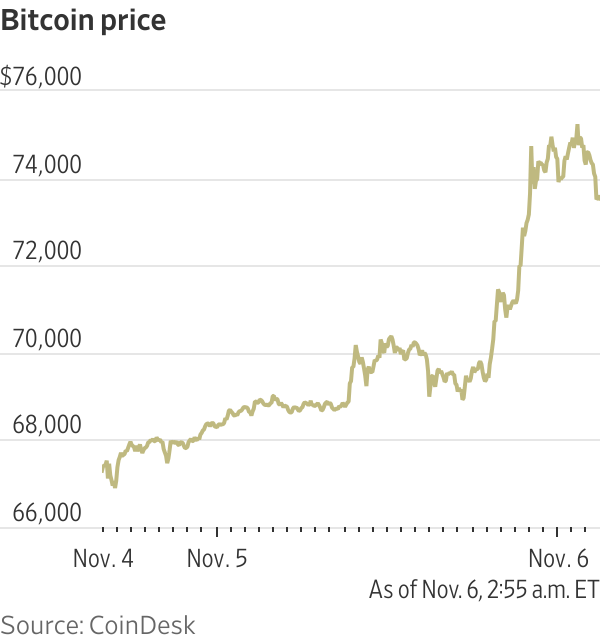
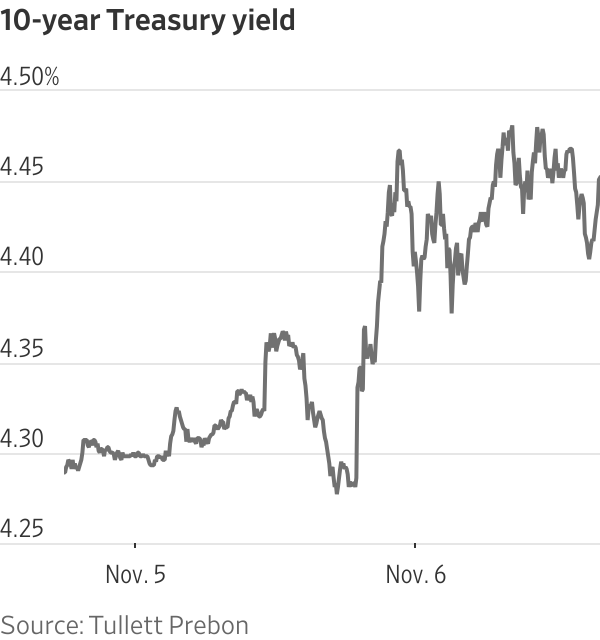
Shares of Tesla , the electric-vehicle maker helmed by Trump ally and donor Elon Musk , bucked the trend, climbing 15%.
Investors sold bonds, driving yields higher and widening the gap between yields on ordinary Treasurys and those on inflation-protected Treasurys. That is a sign they think that the policies of a second Trump term could put upward pressure on inflation.
Many investors also believe that Trump’s tax-cut-heavy policies will add to the deficit, with the threat of a larger supply of Treasurys helping push down bond prices. The yield on the 10-year Treasury topped 4.4% for the first time since July.
That hit firms and investments that are sensitive to higher bond yields. The S&P 500’s consumer-staples sector declined 1.7% and the utilities segment lost 0.6% The real-estate sector sank 3.4%. The country’s largest home builder, D.R. Horton , dropped nearly 5% and Zillow Group fell about 7%.
Surging yields intensified a climb in the U.S. dollar, which was also boosted by the prospect of rising tariffs. Economists say tariffs can lift the U.S. currency by hurting the economies of foreign countries and discouraging Americans from spending on imported goods.
The WSJ Dollar Index, which measures the U.S. dollar against a basket of 16 currencies, rose around 1.3%. The Mexican peso lost as much as 3.4% against the dollar to its lowest level since August 2022, according to Dow Jones Market Data, before recovering. Trump recently said he could impose 200% tariffs on vehicles made in the country. The potential for tariffs also drove down the Chinese yuan.
Early wins by Trump in key states assuaged fears that it could take days or weeks for the election to be called. The Cboe Volatility Index—known as the VIX, or the market’s fear gauge—plunged to its lowest level since late September.
The relative calm had investors hoping more gains lie ahead. The S&P 500 had already risen 21% through Election Day, its best performance in a presidential election year since 1936, when Franklin Roosevelt was in office. The Dow Jones Industrial Average was up 12%, its best election-year performance since 1996, when Bill Clinton was in the White House.
“There’s a lot of relief that there’s a clear-cut outcome and that markets can move on to things that are quite frankly more important than who sits in the White House,” said Ross Mayfield, investment strategist at Baird.





